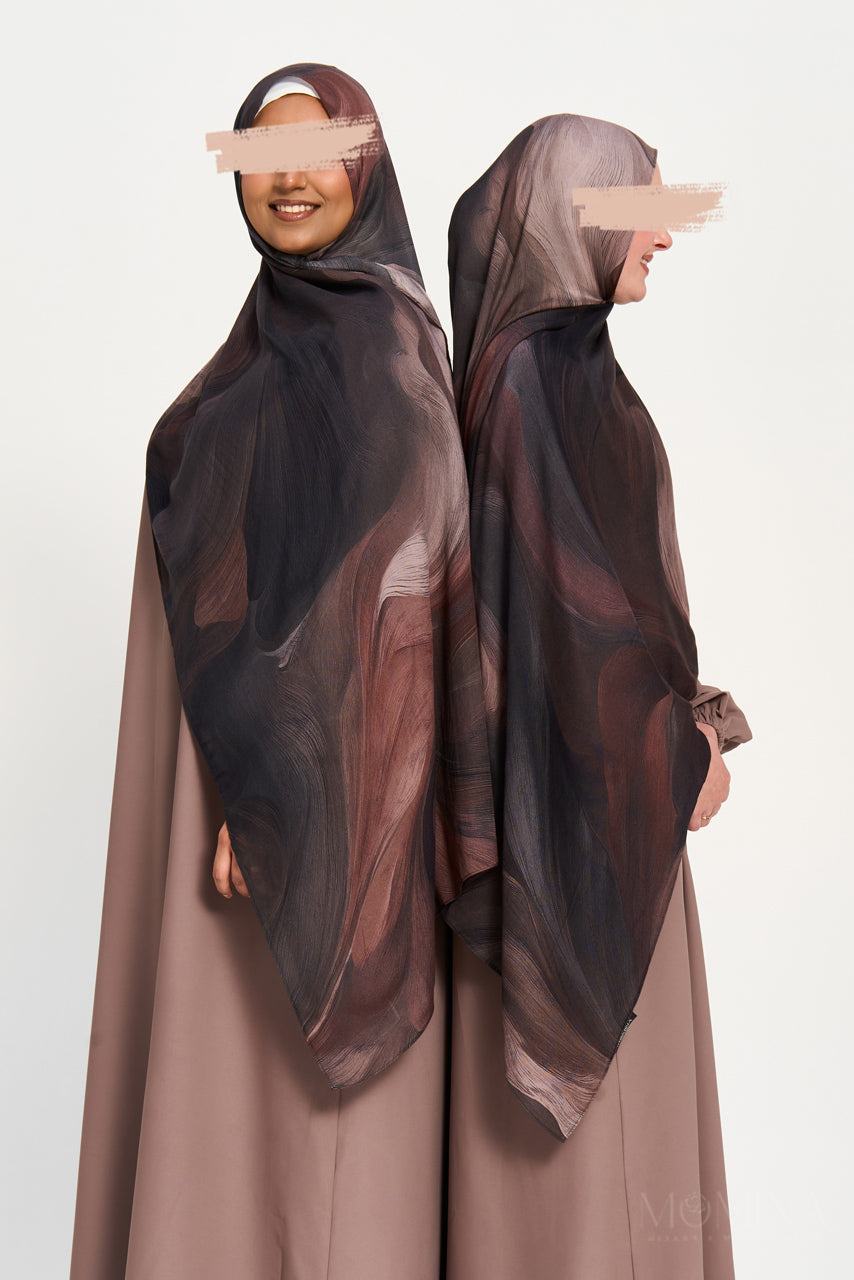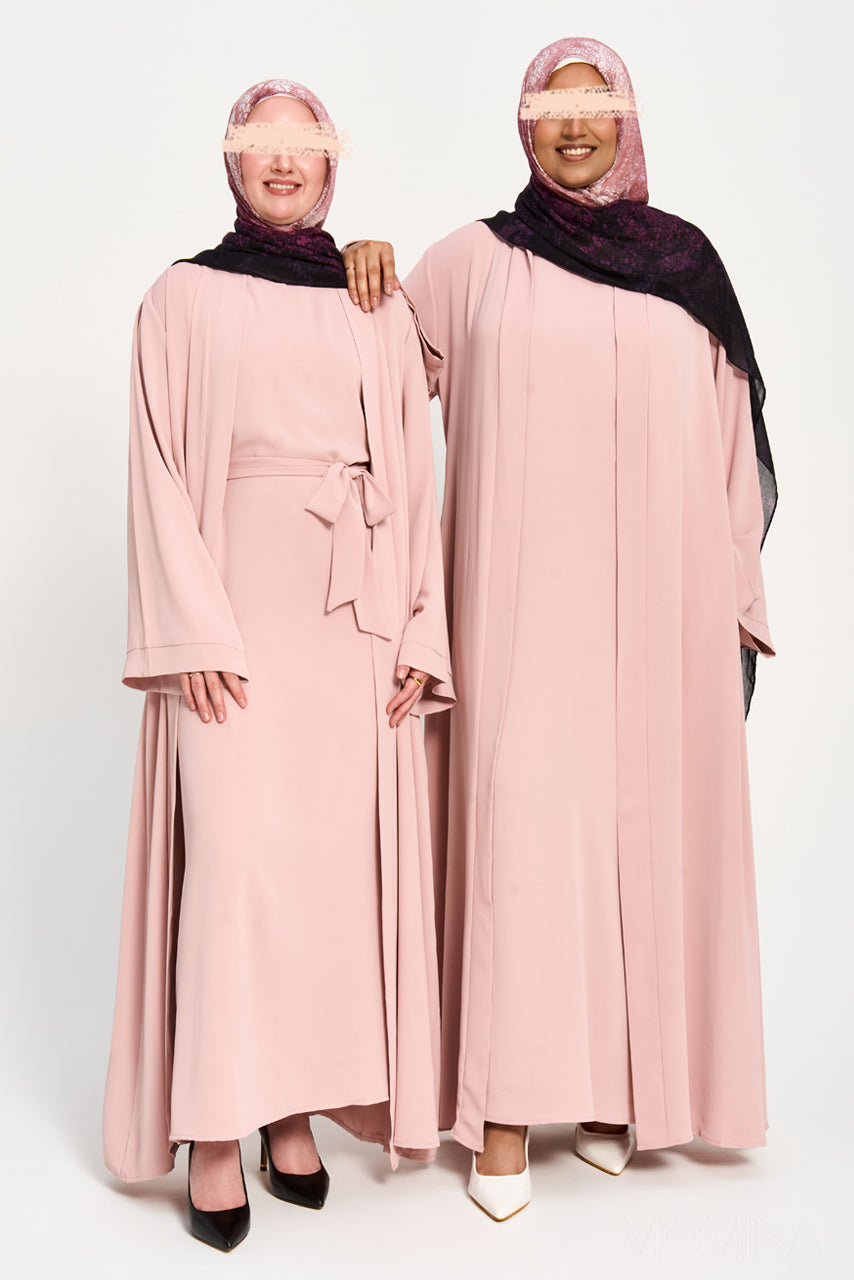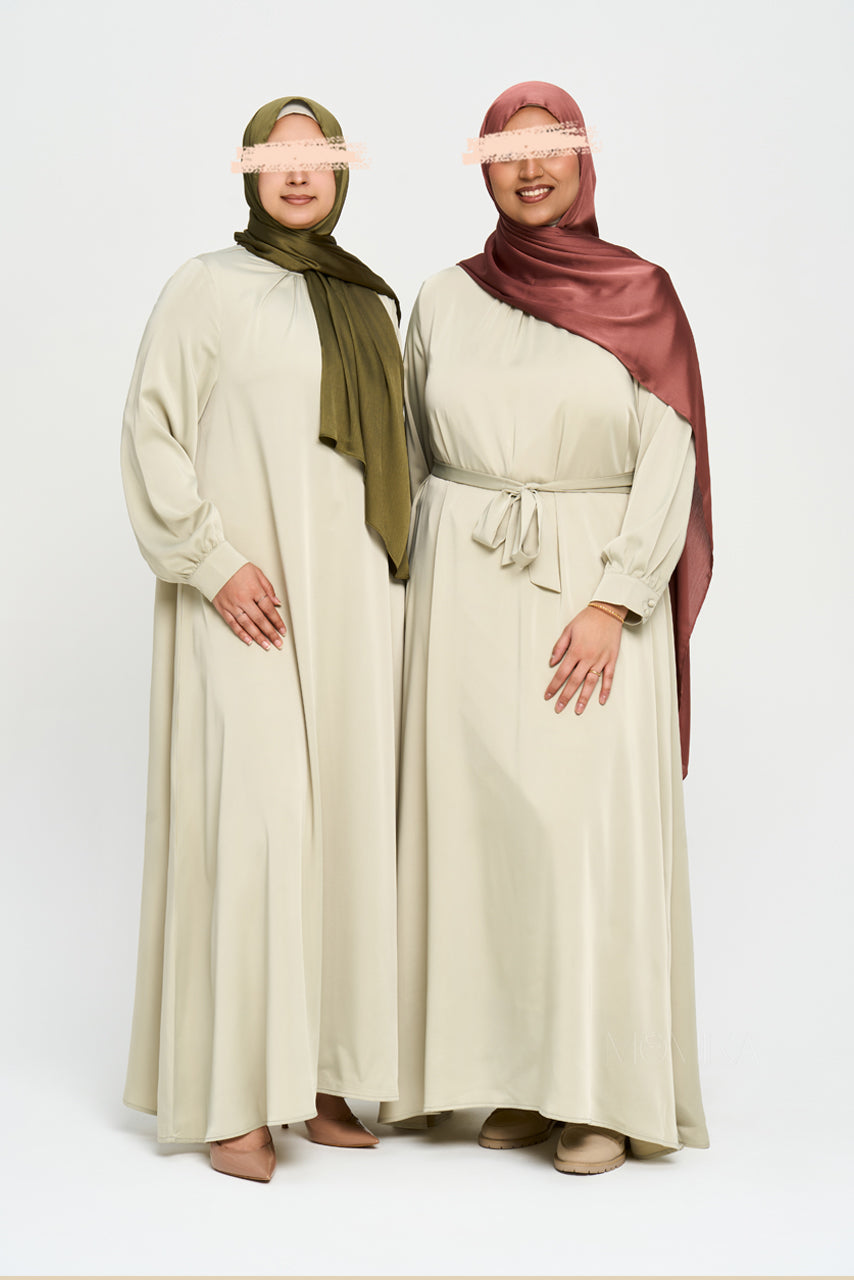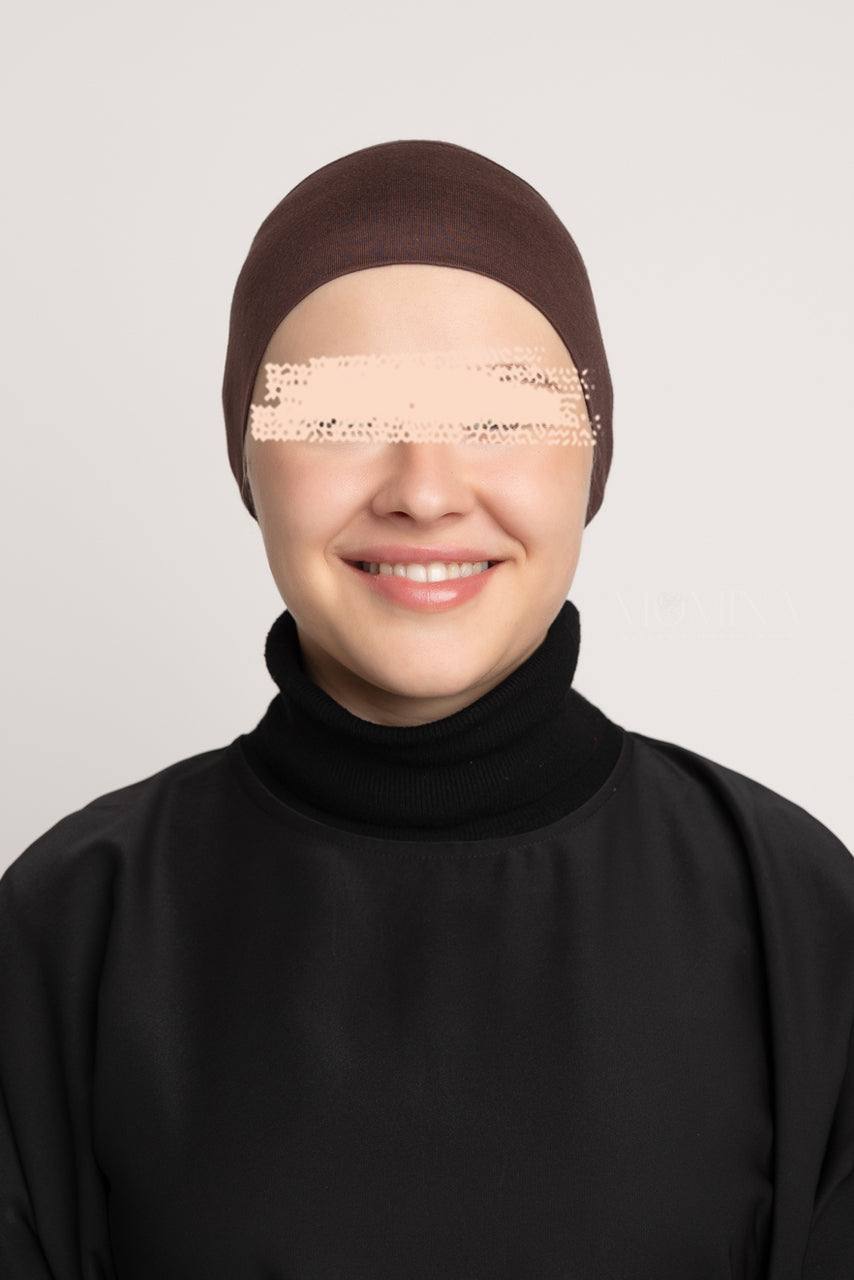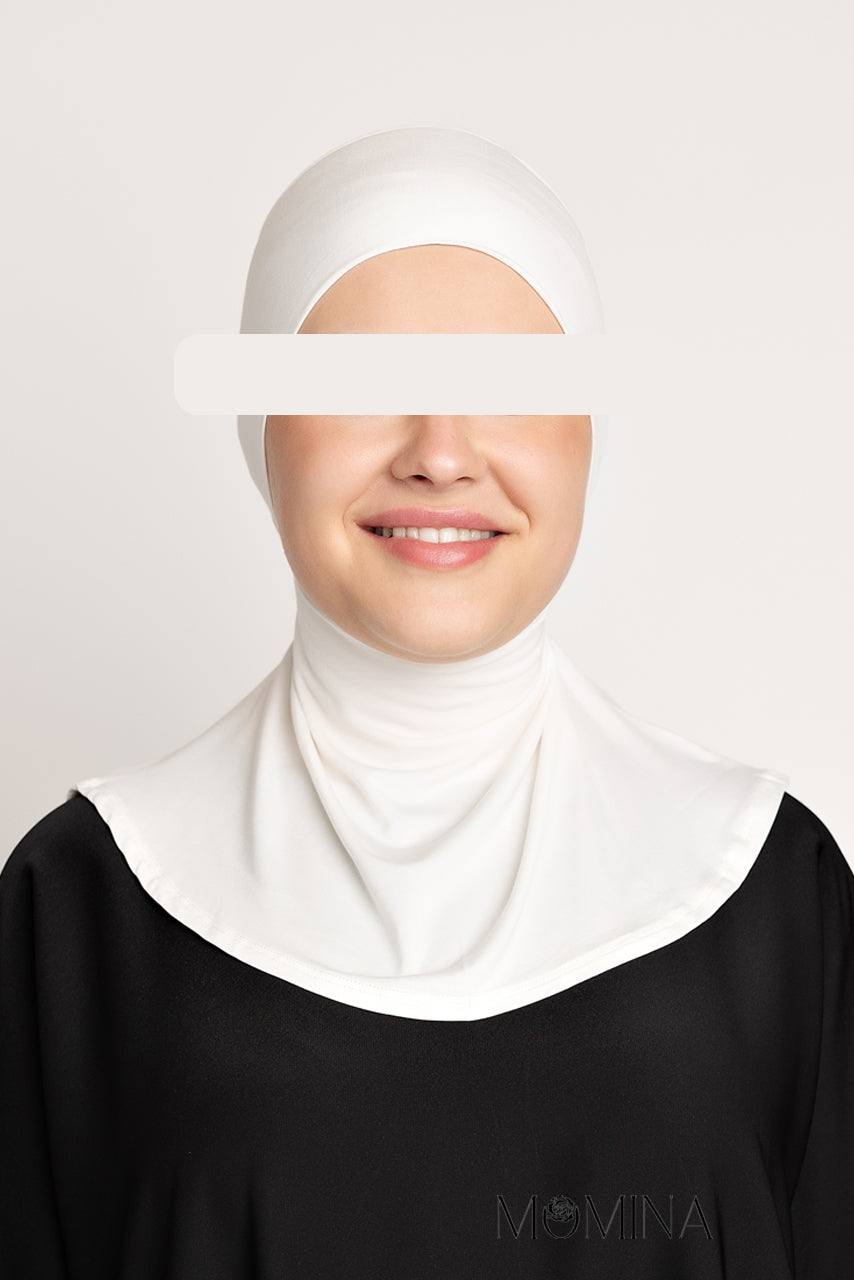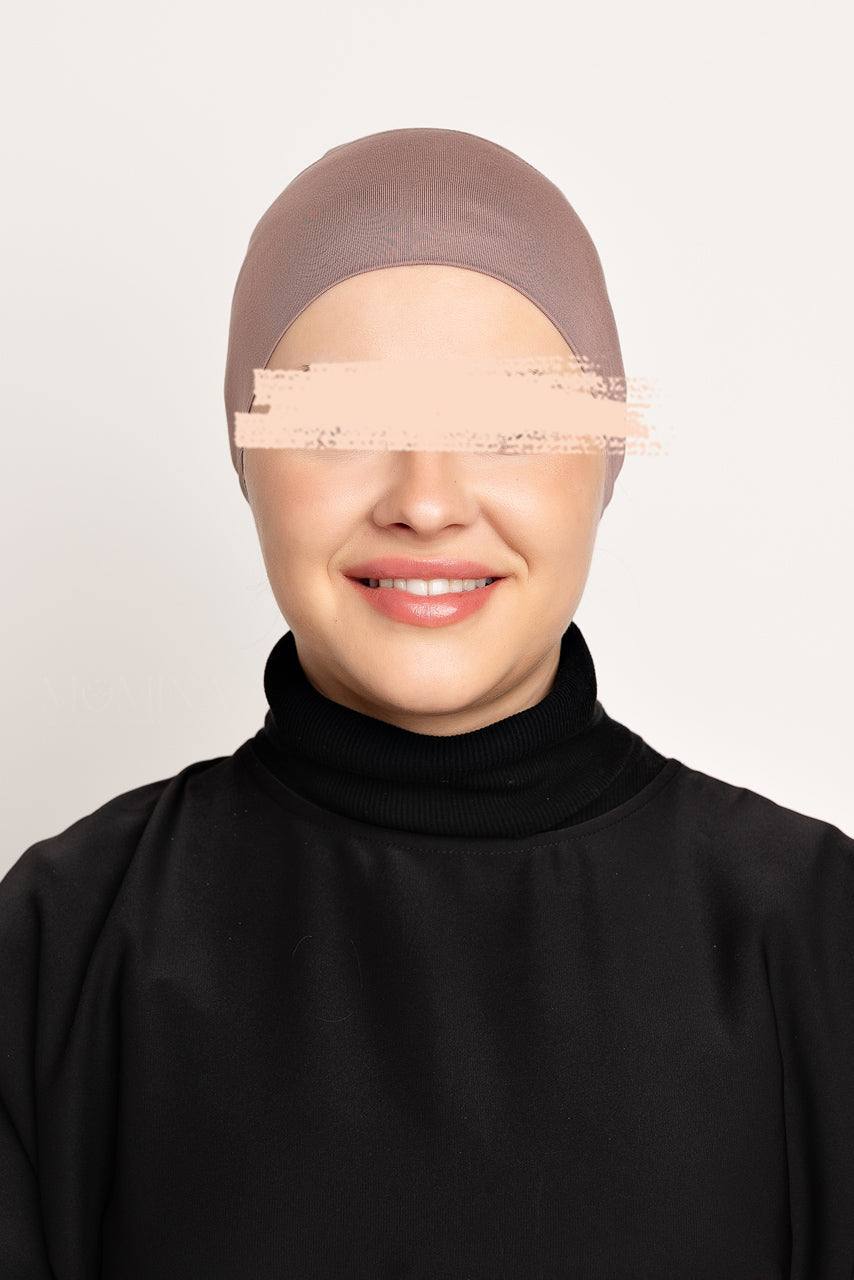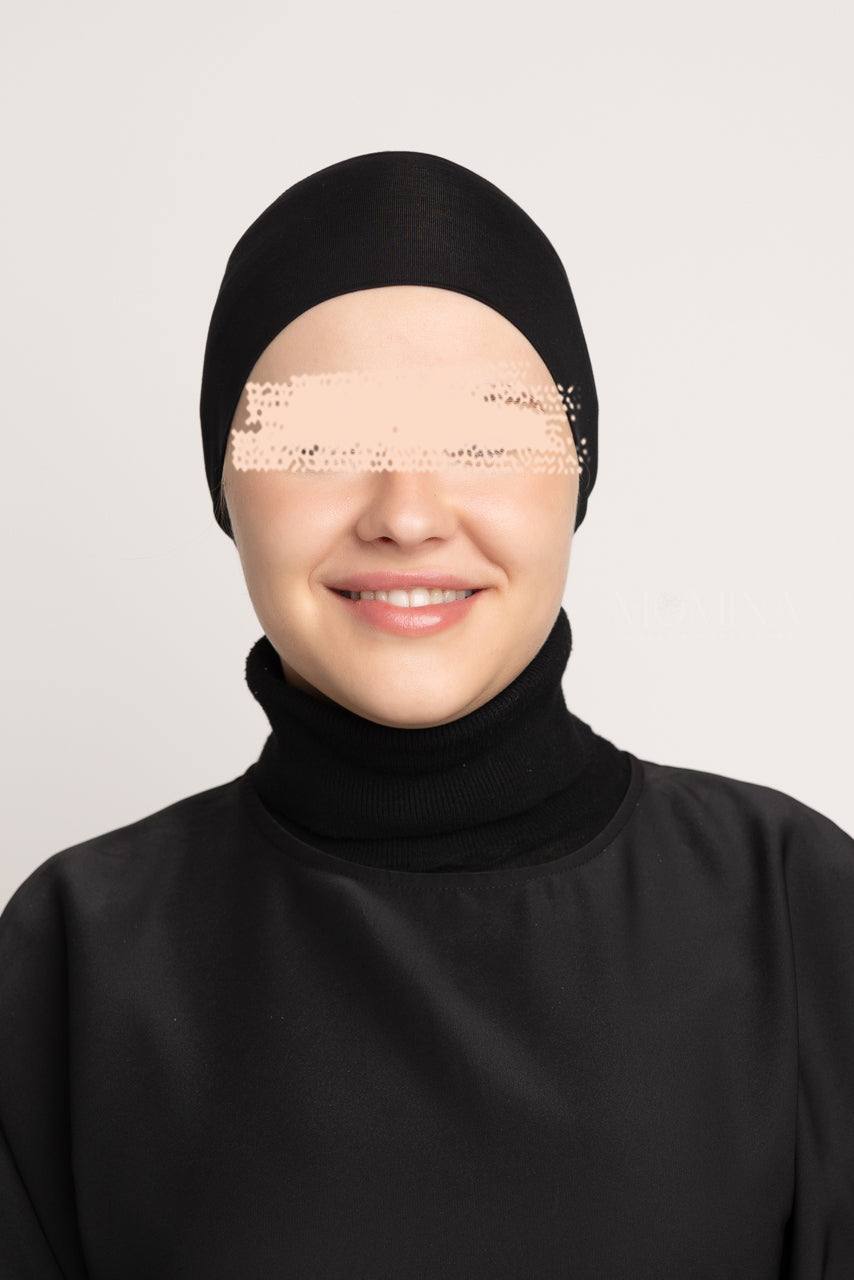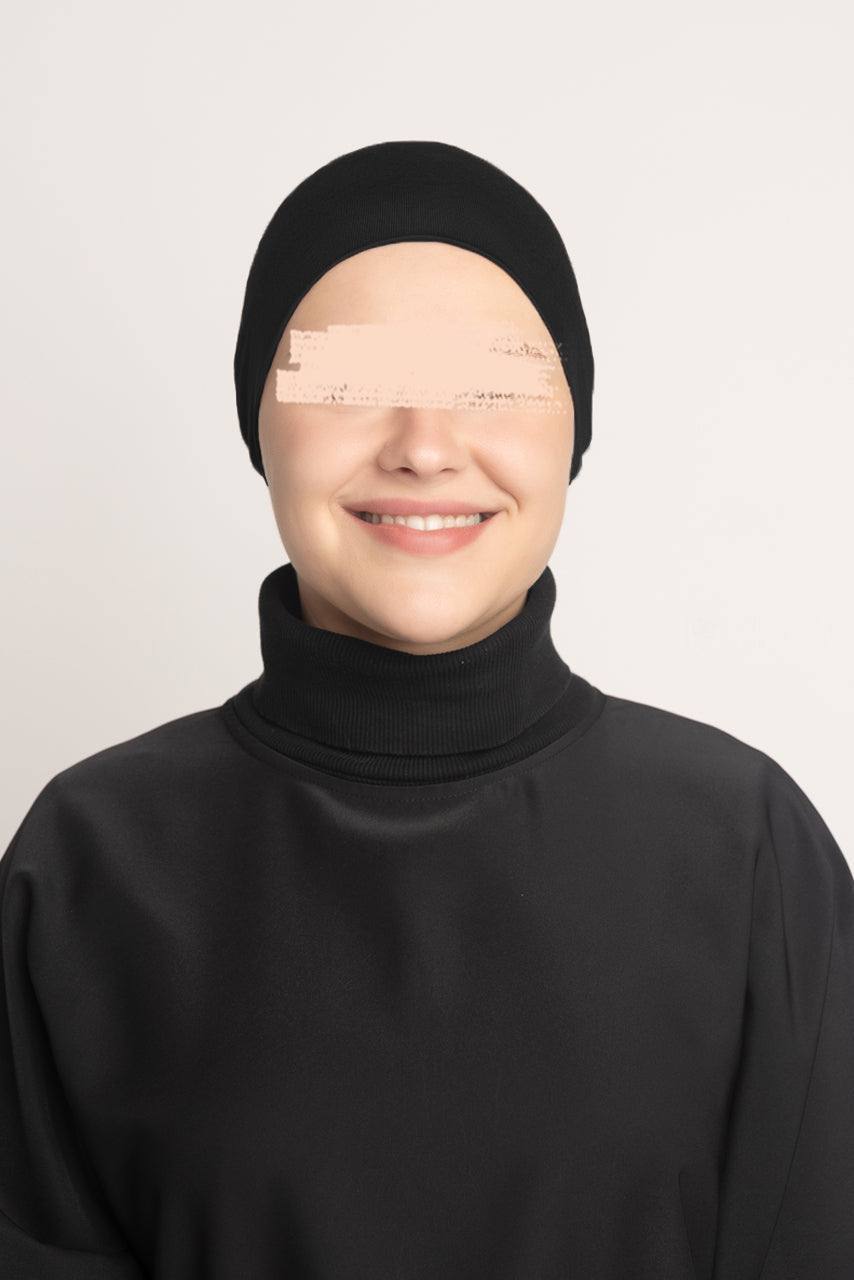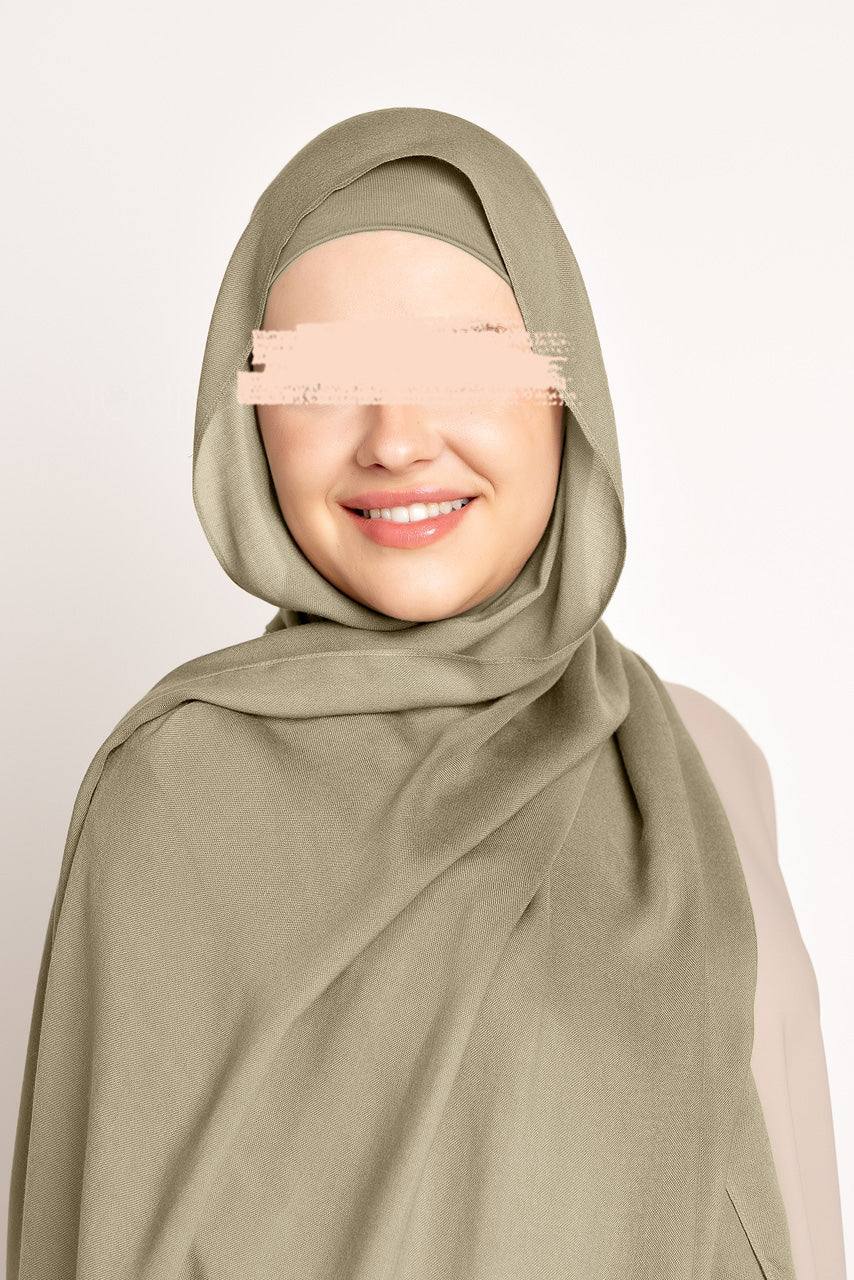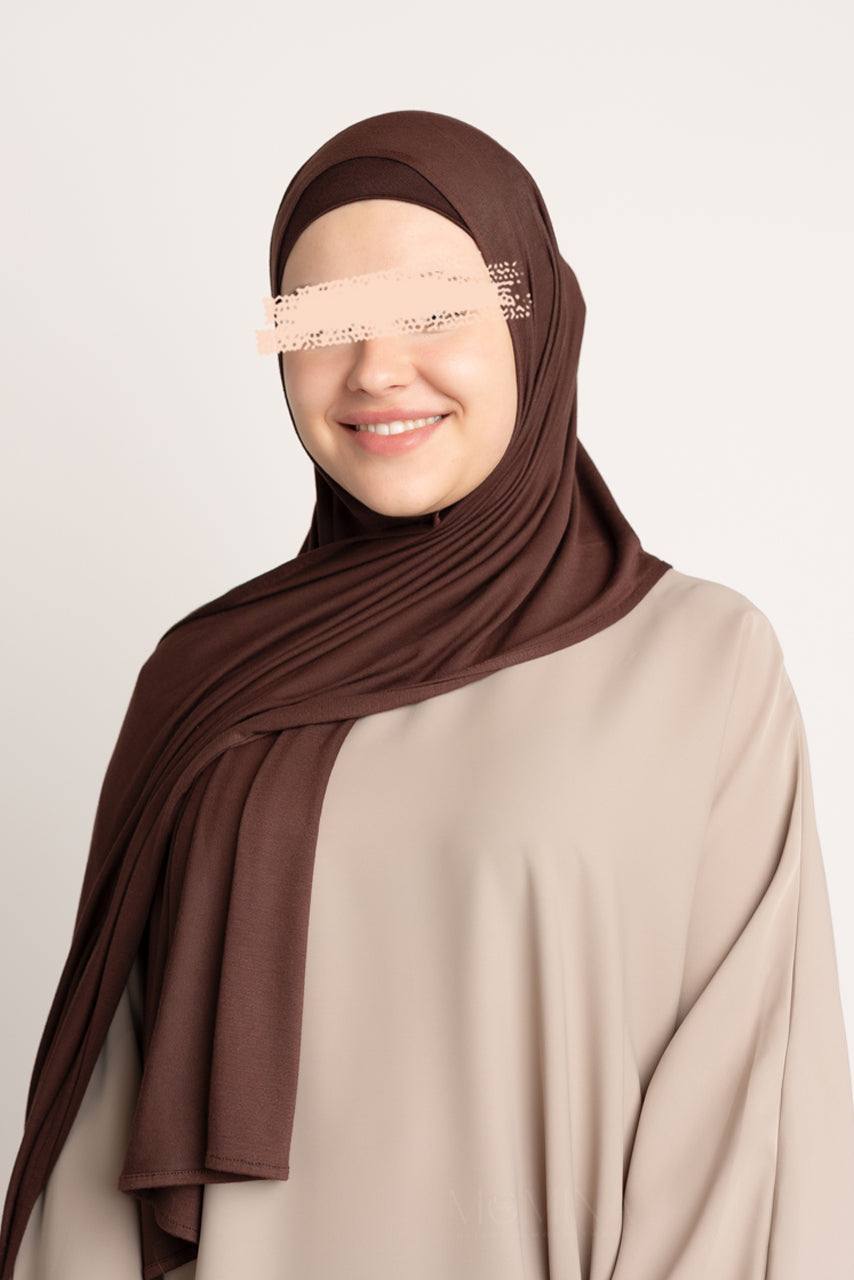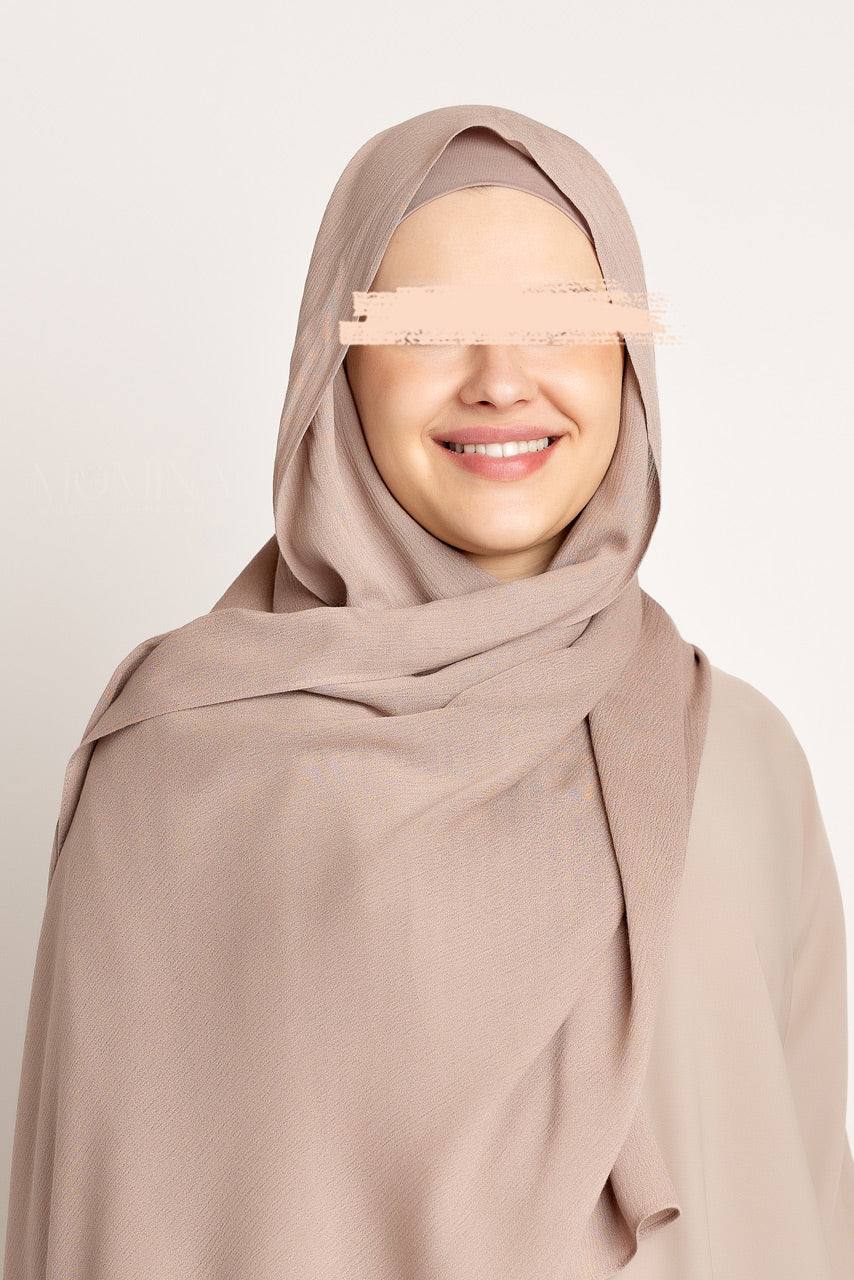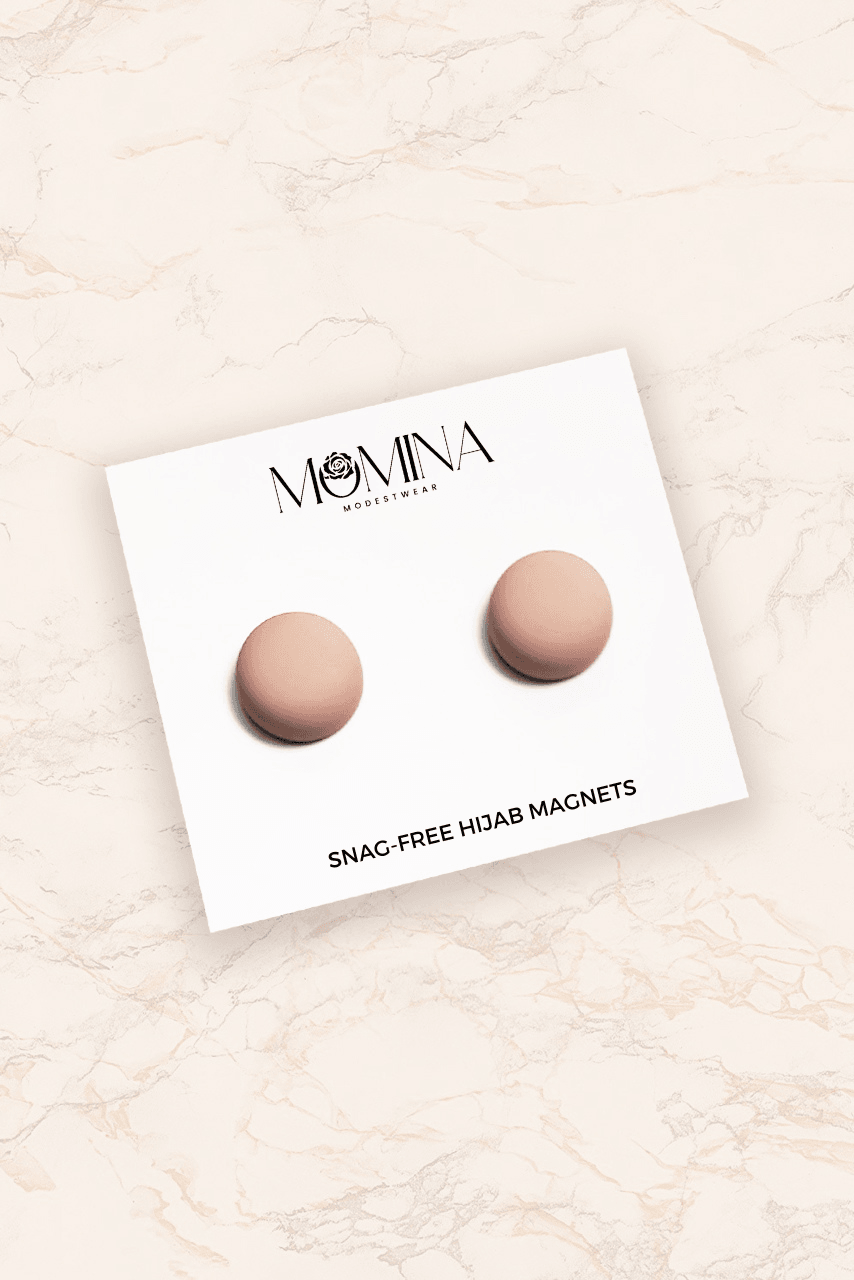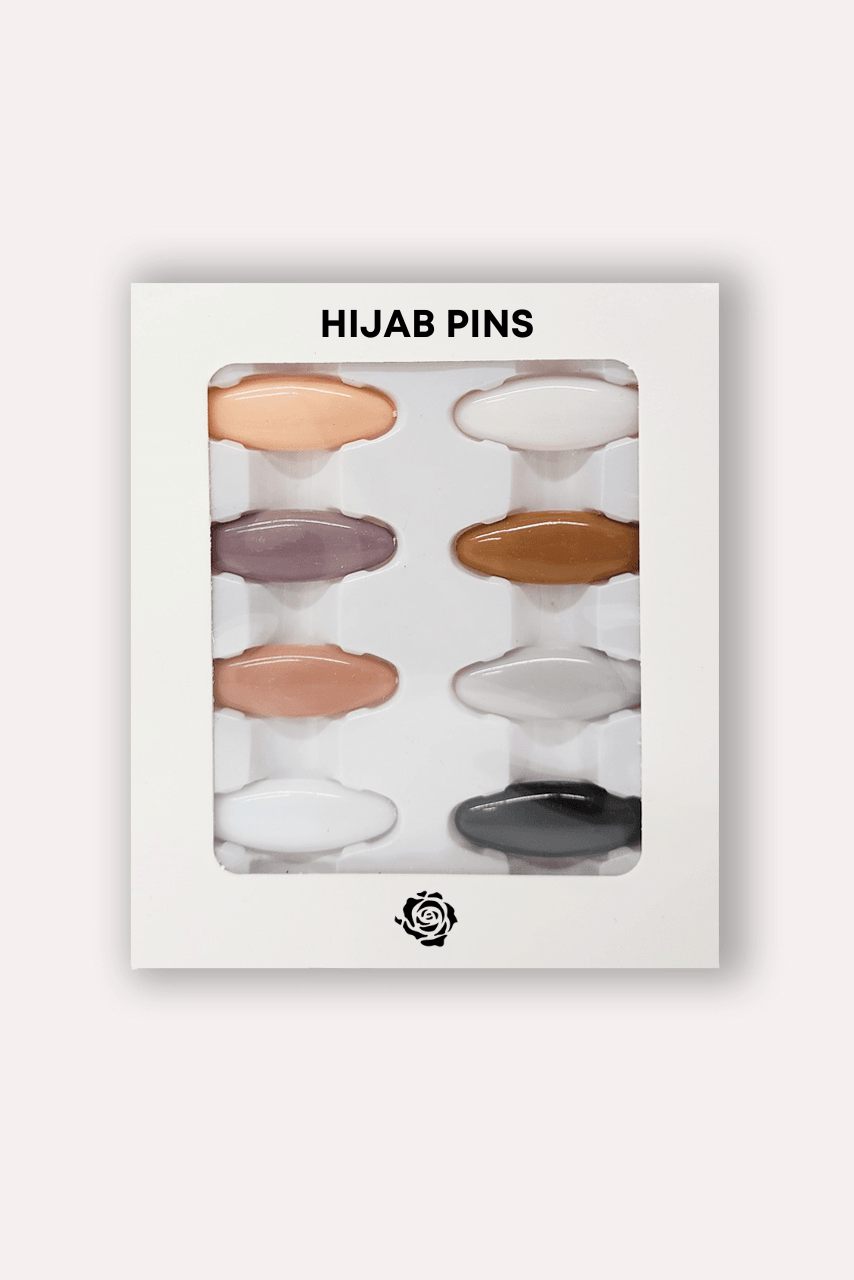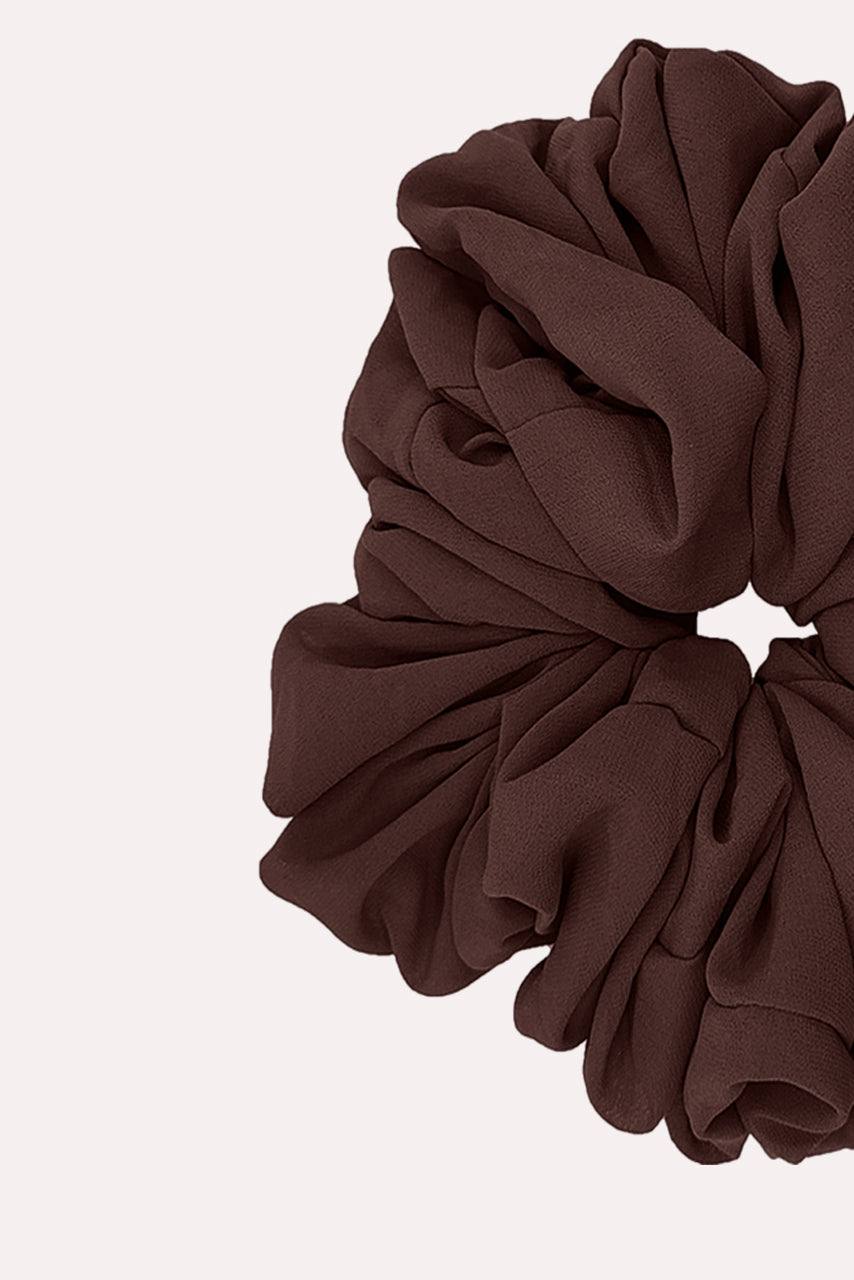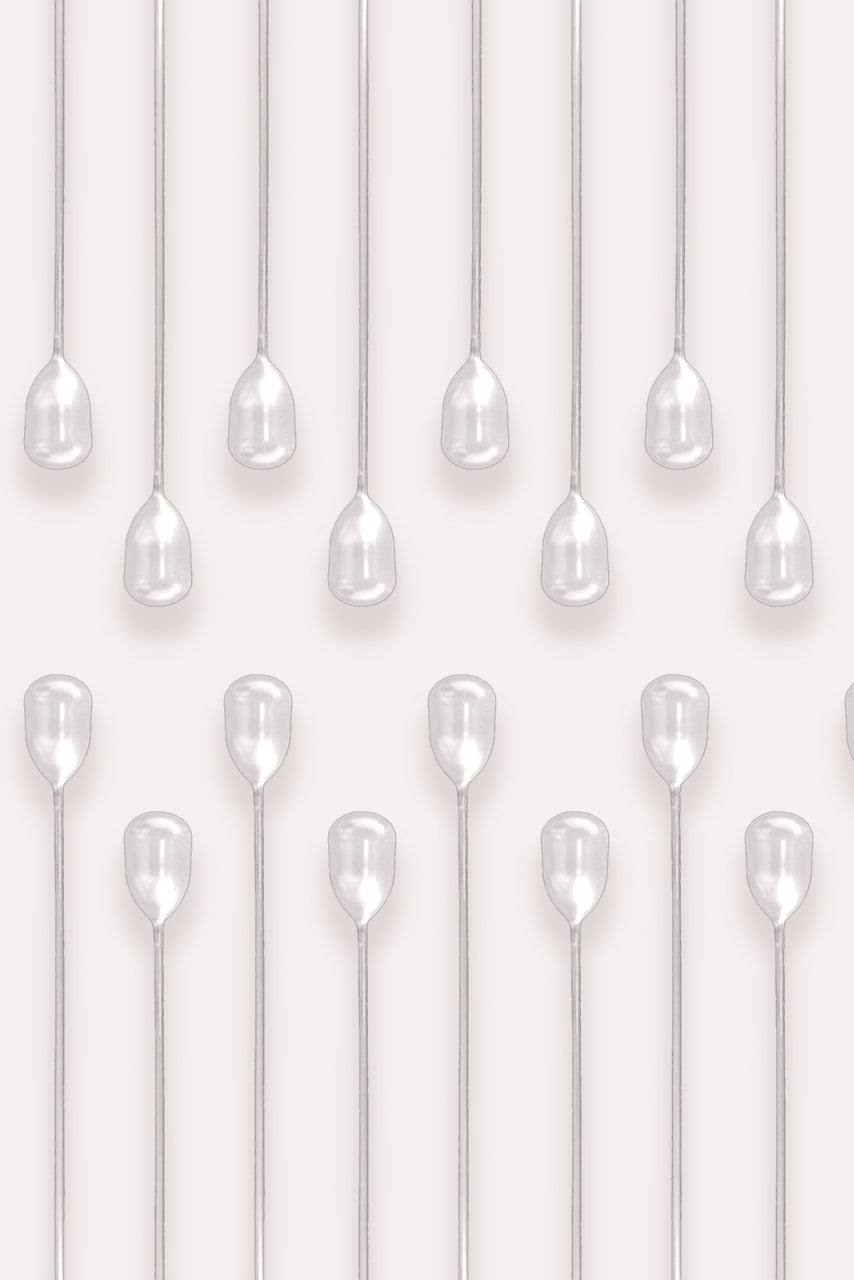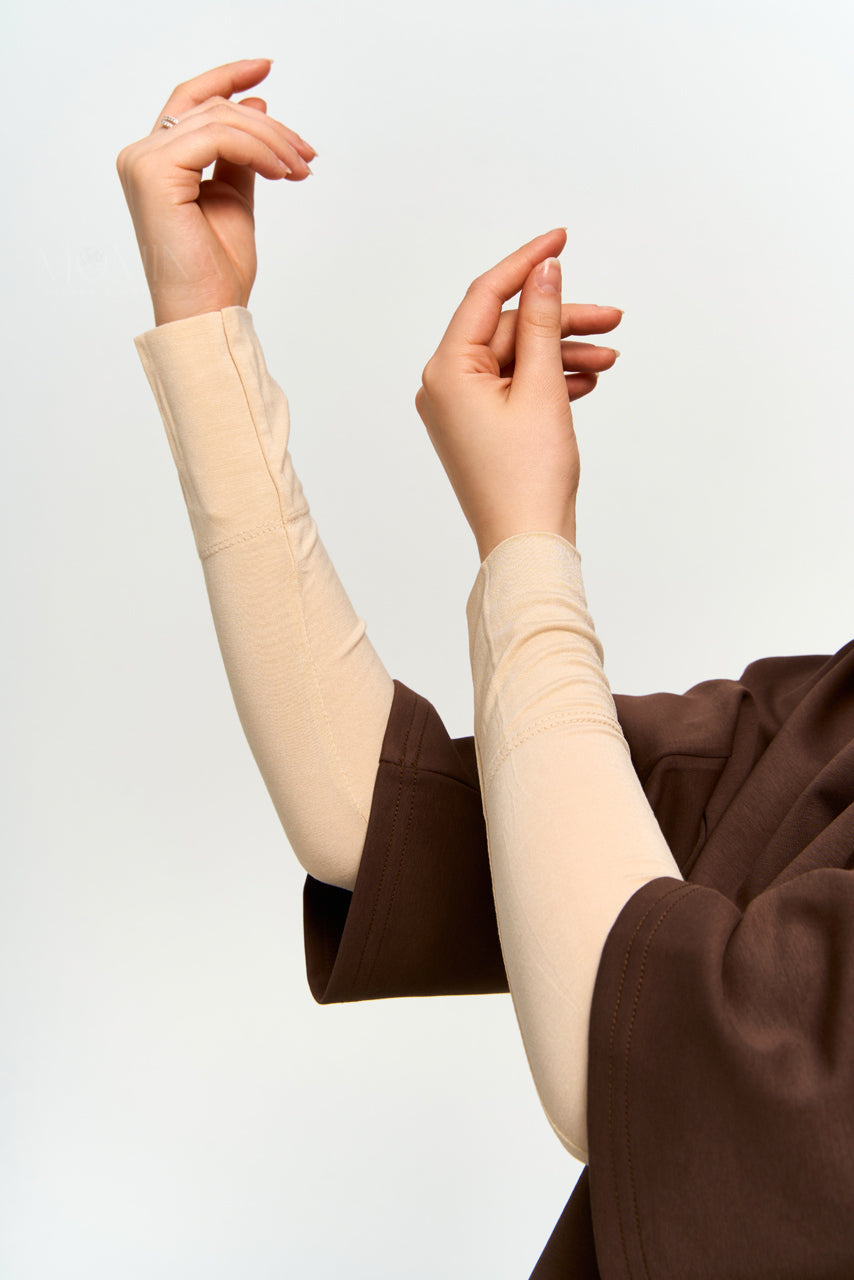Welcome to our ultimate guide to hijab care. In this comprehensive guide, we will cover everything you need to know to keep your hijabs looking fresh, vibrant, and beautiful for years. Whether you're new to wearing a hijab or looking to improve your hijab care routine, you're in the right place!
Table of Contents
Washing Your Hijab: Essential Hijab Care Tips
The most important aspect of hijab care is knowing how to wash your hijab correctly. Incorrect washing techniques can cause color fading, fabric weakening, and general wear and tear. Below, we'll guide you through the process step by step, providing essential hijab care tips.

Choosing the Right Detergent
The detergent you choose plays a critical role in maintaining the color and texture of your hijab. Always opt for a gentle detergent that is free from harsh chemicals. For silk hijabs, consider a specialty silk detergent. For cotton and synthetic materials, a mild or delicate laundry detergent should work well.
Here are some eco-friendly detergents that are perfect for your hijabs:
- Earth Friendly 2x Liquid Laundry Detergent by ECOS
- Purclean - Plant Based Liquid Laundry Detergent by Tide
- Sensitive Skin Tested - Liquid Detergent by Nature Clean
Hand Washing vs Machine Washing
Deciding whether to hand wash or machine wash your hijab can depend on a number of factors, including the fabric type and color of the hijab. Silk or other delicate fabrics should generally be hand washed with cool water and mild detergent. More durable fabrics, like cotton or polyester, can be machine washed on a gentle cycle with cold water. Regardless of the method, always make sure to wash similar colors together to prevent color bleeding.

Recommended washing temperature and methods for different types of hijabs
The general rule of thumb is to always hand wash your hijabs with cold water. Cold water washes prevent your hijabs from shrinking and have the added benefit of reduced utility bills.
Let's dive a bit deeper and take a look at the optimal washing temperatures and methods:
| Hijab Fabric | Temperature | Wash Method |
|---|---|---|
| Chiffon | Cold | Machine Wash |
| Jersey | Cold or Luke Warm | Hand or Machine Wash |
| Modal | Cold or Luke Warm | Hand or Machine Wash |
| Satin | Cold | Machine Wash |
| Silk | Cold | Hand Wash or Dry Clean |
| Cotton | Cold or Luke Warm | Hand or Machine Wash |
| Pleated | N/A | Dry Clean Only |
Drying Your Hijab
Once you've washed your hijab, the next crucial step is drying. Improper drying can lead to wrinkles and damage the fabric. Here's how to dry your hijab the right way.

Air Drying
Air drying is the safest method to dry your hijabs as it prevents damage from heat. After washing, gently squeeze out excess water (do not wring it), then lay the hijab flat on a clean, dry towel. Roll up the towel to absorb more water, then unroll it and let the hijab air dry flat. If possible, avoid direct sunlight which can cause color fading.
Using a Dryer
If you need to use a dryer, certain precautions can minimize potential damage. Use the lowest heat setting or the air fluff/no heat setting if it's available. Placing the hijab in a mesh laundry bag can also help protect it from getting tangled or pulled. Remember, not all fabrics are suitable for machine drying - silk or other delicate materials are best left to air dry.
It's important to remember that, you should always machine dry on low heat as using high heat can shrink the fabric. If you have pets, give these Bounce dryer sheets a try. You will be amazed at how well they work at removing lint and pet hair.
How to prevent shrinking or warping of hijabs
This one is easy! Don't use hot water when washing or high heat setting when drying.
Heat is the main culprit behind the shrinking of a fabric, but the wash cycle can also take a toll on the fabric. Always use cold water and light cycles when machine washing your hijabs. For drying, always use low heat setting on the dryer or hang dry for best results.
Ironing Your Hijab
Ironing your hijab can help maintain its smoothness and neatness. However, it's important to do it correctly to avoid damaging the fabric. Here's our step-by-step guide on how to iron your hijab safely.

Choosing the Right Heat Setting
The heat setting on your iron matters a lot when it comes to hijab care. For delicate fabrics like silk or chiffon, use a low heat setting. Cotton and rayon hijabs can handle medium heat, and you can use a high heat setting for polyester hijabs. Always test a small area first if you're unsure!
Ironing Techniques
Not all hijabs should be ironed in the same way. For cotton hijabs, you can iron on either side. But for silk and chiffon hijabs, it's best to iron on the reverse side to prevent shine marks. Use a pressing cloth to add a layer of protection between the iron and the hijab.
How to choose the right temperature
Here are the recommended ironing settings for different types of hijabs
| Hijab Fabric | Temperature | Iron Setting |
|---|---|---|
| Chiffon | 300 F | 3 |
| Jersey | 400 F | 5 |
| Modal | 375 F | 3 |
| Satin | 300 F | 3 |
| Silk | 300 F | 3 |
| Cotton | 400 F | 4 |
Stain Removal
Sometimes, despite our best efforts, our hijabs can end up with stains. But don't worry, we've got you covered. Here's our comprehensive guide on how to tackle different types of stains.
Common Stains and How to Remove Them
From makeup to food stains, we'll walk you through how to remove the most common stains that hijabs are prone to. For makeup stains, use a makeup remover or gentle soap and warm water. Food and oil stains can often be treated with dish soap. For tougher stains, you might need a commercial stain remover—just make sure it's safe for your hijab's fabric.
How to remove stains from your hijabs
Got a stain on your hijab? Treat it as soon as possible. The longer a stain stays on the hijab, the harder it will be to remove it later on. Try the following to get rid of stains from your hijabs:
- Soak the hijab in cold water.
- Apply some detergent to a small cloth and dab the stain with it.
- Use a pen style stain remover like the Tide To Go - Instant Stain Remover.
Pro Tip: Got a really stubborn oil or makeup stain on your hijab? Apply some diluted dish washing soap to a small cloth and dab the stain with it. (Be careful, dish washing soaps are quite strong and you can easily over do this). Always remember to spot test before using any kind of stain remover.
Proper Hijab Storage
Proper storage is crucial in maintaining the longevity of your hijabs. We'll teach you how to store your hijabs to prevent wrinkles and damage.

Folding vs Hanging
Should you fold your hijabs or hang them? The answer depends on your space and the material of the hijab. Folding is a great space-saving solution, but make sure to fold along the seams to avoid creating creases. Hanging is best for silk or other easily wrinkled materials, but ensure to use hangers with enough width to avoid creating a crease.
Storage Solutions
From hijab hangers to storage boxes, we'll introduce you to the best solutions for storing your hijabs. Hijab hangers are excellent for preventing creases and making your hijabs easily accessible. Storage boxes can be used for off-season hijabs or for organizing by color or material.
If you are low on space, the easiest way to store your hijabs is to fold them into a rectangle and turn them into rolls. We store thousands of hijabs in the Momina Hijabs retail store and we have found that folding them into rolls allows us to store 40% more hijabs than if we were to store them as rectangular folds.
Conclusion: Mastering Hijab Care
Congratulations! You have now become a hijab care expert. By following the tips and techniques outlined in this comprehensive guide, you can ensure that your hijabs remain fresh, vibrant, and beautiful for years to come.
Remember to choose the right detergent for your hijab fabric and wash it using the appropriate method. Take extra care when drying your hijabs, whether through air drying or using a dryer with low heat settings. When it's time to iron your hijab, adjust the heat setting based on the fabric type and iron with caution. And in case of any stains, act promptly using the recommended stain removal methods.
Proper storage is key to maintaining the longevity of your hijabs. Whether you prefer folding or hanging, make sure to do it correctly to prevent wrinkles and creases. Consider using storage solutions like hijab hangers or storage boxes to keep your collection organized and accessible.
We hope this guide has equipped you with the knowledge and confidence to care for your hijabs with ease. By implementing these practices into your hijab care routine, you can ensure that your hijabs always look their best, reflecting your unique style and personality.


